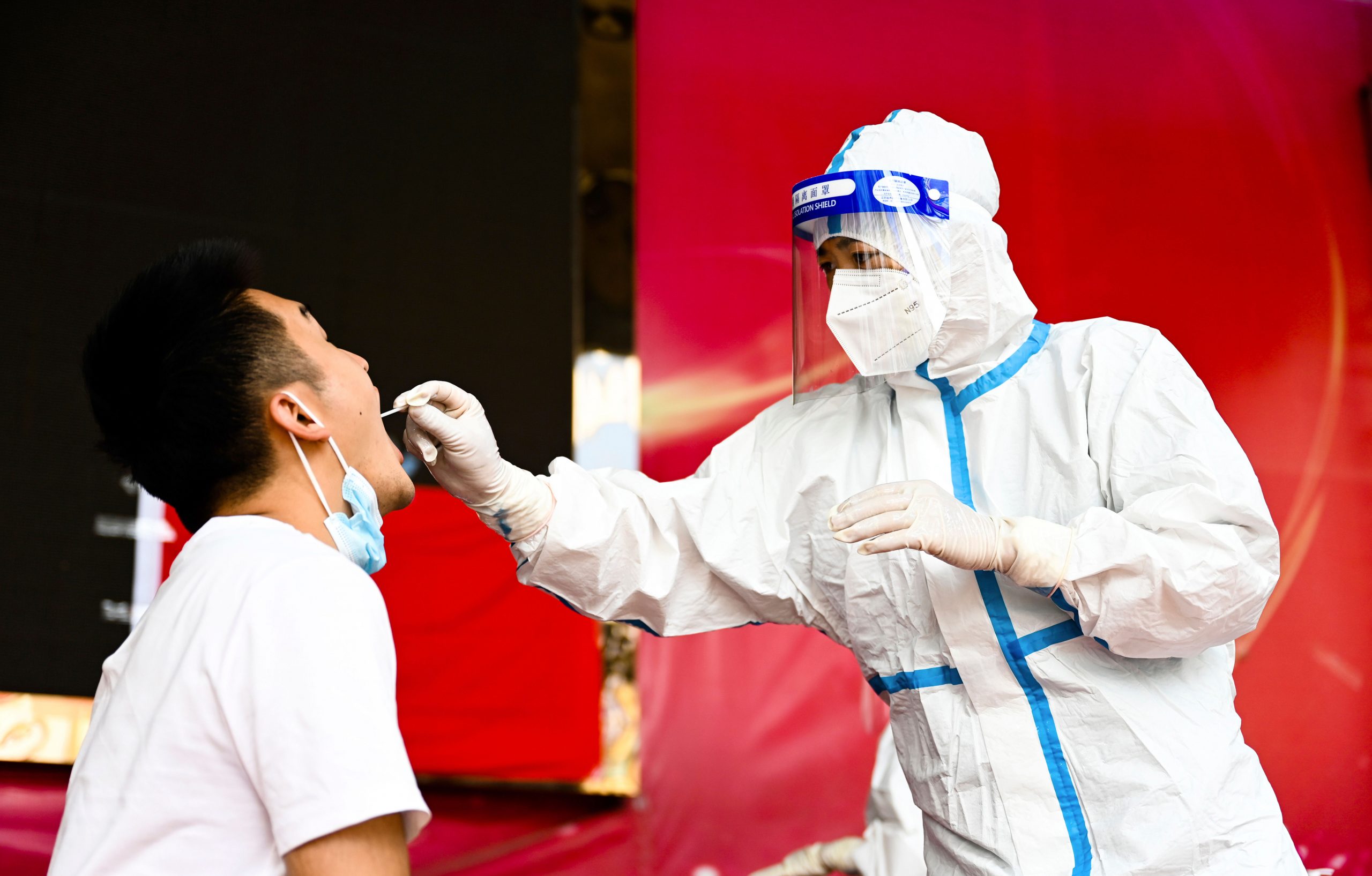A woman seafood
seller in China’s now infamous Huanan market may be the earliest known case of COVID-19
infection. The novel coronavirus, which shut down most of the world for the
better half of a year, attacked the woman along with several other market
workers around December 11, 2019. This widely sought-after nugget about the
origin of the novel coronavirus was published in the journal Science.
Also Read | Attack on health: Austrian chancellor slams un-jabbed, declares lockdown
The origin of the
coronavirus has been steeped in mystery. There was even confusion about the
first case. Initially, it was an accountant for Wuhan who was widely thought to
be the first person with COVID-19. However, the recent study found that the
accountant developed symptoms nearly a week after some people from the Huanan
market developed them.
Also Read | Scientists mystified, wary, as Africa avoids COVID-19 disaster
The study,
spearheaded by Michael Worobey, head of ecology and evolutionary biology at the
University of Arizona in Tucson and the author of the study, concluded that the
accountant in question lived 30 kilometers away from the Huanan market and had
no connection to it and was probably infected due to community transmission.
Also Read | France does not need to lock down non-vaccinated people: President Emmanuel Macron
The study further
claimed that the Huanan market was not only the place where Sars-Cov-2 virus
was amplified into a super-spreading event but also the source of the initial
outbreak. “Cases had no epidemiological link to the market (didn’t work there
or visit) nonetheless are concentrated heavily around the market. This is a
clear signature that community transmission started at or very near the market
and only later spread widely around Wuhan,” Worobey tweeted.
Also Read | Virus breaks through: US sees rise in hospitalisations among vaccinated
The actual genesis
of the Sars-Cov-2 virus still remains a mystery. Scientists are largely divided
along two schools of thought. One perspective claims a laboratory escape of the
virus and another indicates a spillover from animals. However, no live mammals
at the Hunan market or any other live-animal market in Wuhan were screened for
SARS-Cov-2.







